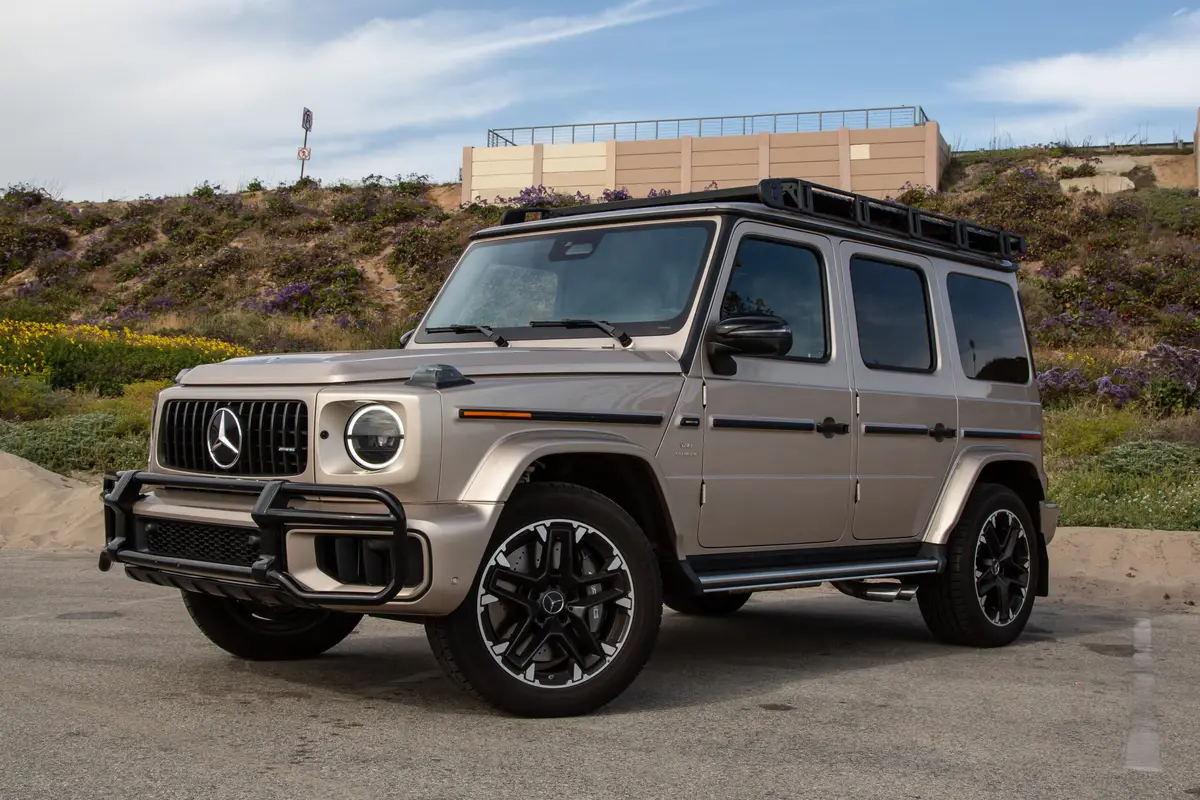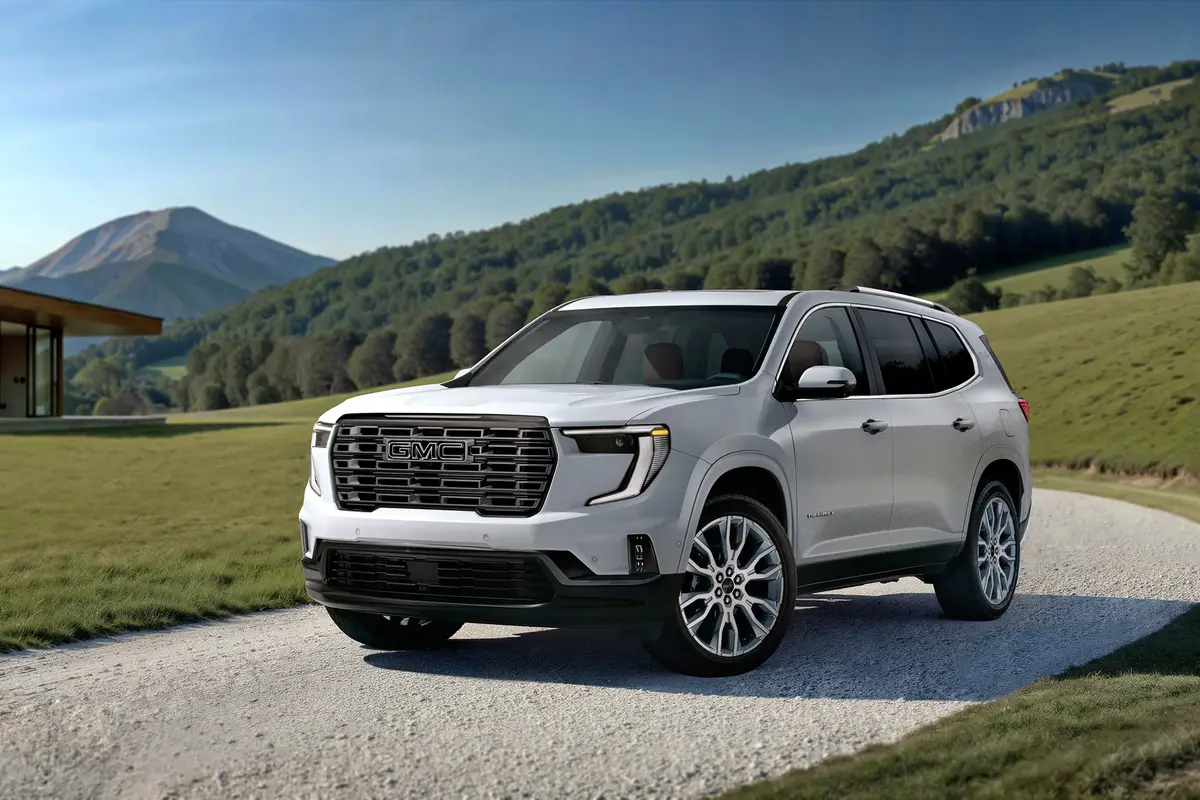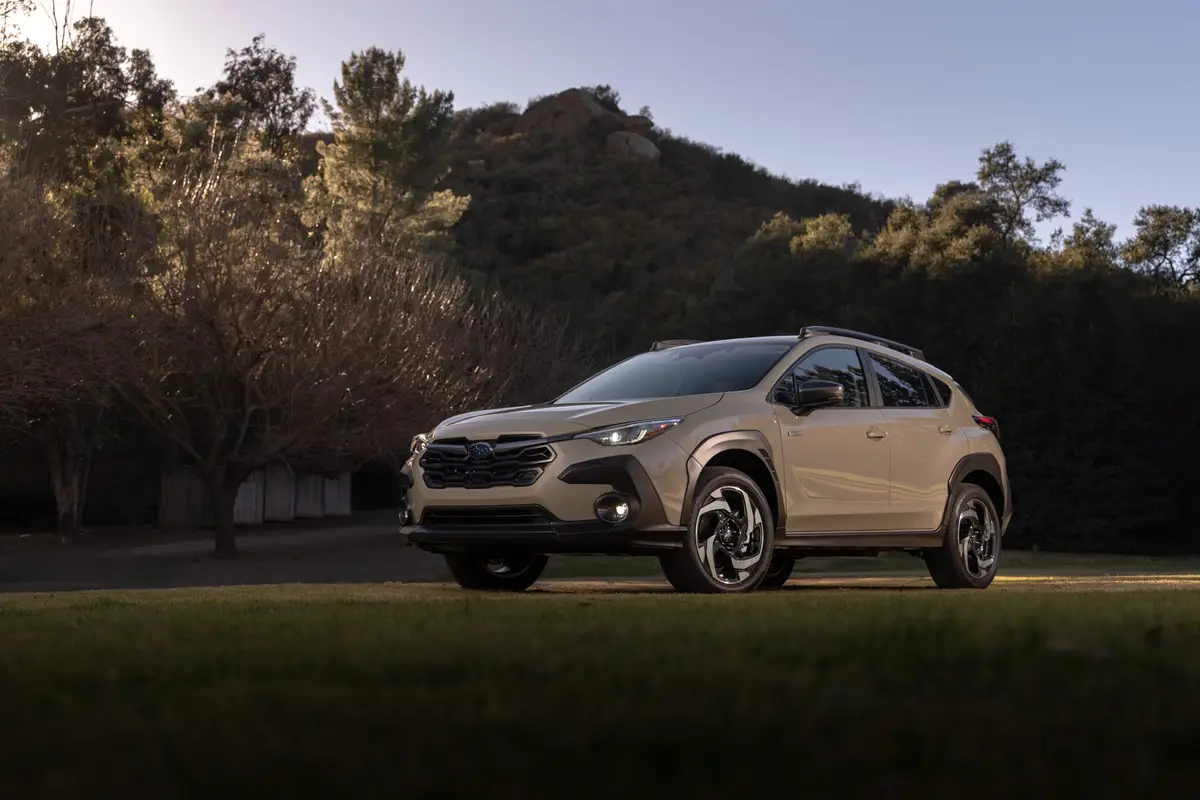The Morning Call and Mcall.com's view
The new Lincoln Continental once again proves that while money might not be able to buy everything, it certainly can buy an impressive car.
But then that’s what luxury cars are all about: they are supposed to impress; both the buyer and those watching the buyer drive the car.
This newest Continental is the latest in a long series of Lincolns bearing a name that goes back almost 50 years. The original was introduced in October 1939 as a 1940 model and legend has it that it was named so because it had a certain, well, continental flair. The latest Continental also has a continental look to it, or more precisely a European luxury sedan look.
But then if a manufacturer is interested in selling expensive cars, this is certainly the market segment to get into. While price may not be a leading purchase consideration in the luxury market, it is a factor. Thus, while a Continental with a price tag of close to $30,000 may cause nosebleed to the general car buying population, it could be considered somewhat of a bargain compared to some European models now reaching $50,000 and beyond.
As with the European models, the Continental is more than just a luxury car. It is a car designed to run the roads and handling is a high priority. The 1988 Continental, introduced in late December, features front-wheel drive, multi-port fuel-injected V-6 engine, Anti-lock Brake System (ABS), an all-new Dual Damping Air Suspension and speed sensitive steering.
Styling on the Continental is aerodynamic to the point of it having a coefficient of drag of 0.35. Certainly smooth but not super aerodynamic. It is apparent that the design was meant to have a traditional classic look. A closer examination reveals many interesting touches such as softly rounded curves, a low frontal area, a raked windshield, flush-mounted glass, aerodynamic headlamps and aircraft-styled doors.
Obvious by its absence is the spare tire bulge in the trunk lid, almost a trademark of Continentals for many years. But with the European look, Lincoln obviously decided to do away with it.
Looks, though, aren’t the only thing that separate the ’88 Continental from its predecessor, a car that was offered from 1982 to 1987. The big switch is the difference in drive configuration; from rear-drive to front-drive. Having the driving wheels in front does, of course, provide better traction in snow. There is some argument that a rear-drive car, all things equal, can handle better than a front-drive car. This, though, is somewhat of a moot point.
What is apparent, though, is that the Continental can wheel and deal with the best of them. Most responsible for this is not the drive configuration but the Dual Damping Air Suspension system that allows for both a luxury car ride and sports sedan handling; obviously, not at the same time.
The system, through electronic sensors, detects sudden acceleration or deceleratio n, certain undulating road conditions, increased wheel bounce or sharply increased steering wheel turn and switches the gas-pressured MacPherson struts from soft to firm. As a result there is better control during what could be critical maneuvering. The soft ride returns when normal driving conditions resume. The system’s sensors also detect the weight and distribution of passengers and luggage and compensates for them to keep the car level.
Fortunately a driver does not have to know any of this to enjoy driving the car. The system does all the thinking and action and reaction are imperceptible to the driver.
What is perceptible is the high level of luxury surrounding the driver. But, again, it is a luxury car and this should be expected. The new Continental is also quite roomy; in fact, somewhat roomier than its predecessor. Interior volume measures 122.8 cubic feet, which puts it in the large car class; 120 and more cubic feet of passenger and luggage volume. Front seat room is very generous and even rear seat passengers have a minimum of 39 inches of legroom. The well laid-out trunk measures 19 cubic feet and can hold quite a few Gucci bags and cases of Dom Perignon.
Exterior dimensions include a wheelbase of 109 inches, overall length, 205.1 inches; width, 72.7 inches; height, 55.6 inches, and curb weight, 3,628 pounds. For comparison, in the Lincoln/Mercury lineup, this places the Continental between the Sable and Town Car in size.
The Continental is not a difficult car to drive. Although somewhat long, the size is not imposing and the driver has a sense of where everything is. The Anti-lock Brake System, as with other such systems, pumps the brakes to help maintain steering control and vehicle stability under hard braking. This stops the car more quickly and straighter under all road conditions. Although most generally thought of as a safety feature on wet or slippery surfaces, ABS is also a great help on dry roads. During the test drive I was cut off sharply by a truck which decided it had to go in my lane, and if it wasn’t for the steering control while almost standing on the brake pedal, there would have been an accident. So, once again, I am going to praise ABS and look forward to the day when all cars are equipped with it.
Powering the Continental is a 3.8-liter/231-cubic-inch V-6 featuring multi-port fuel-injection and balance shaft. This engine has been used in both rear and front-drive Ford Co. cars for several years and is well-proven. It is rated at 140 horsepower at 3,800 rpm and 215 foot pounds torque at 2,200 rpm and supplies good power for all Lehigh Valley driving conditions.
The V-6 is coupled to a four-speed automatic overdrive transmission with lock-up torque converter. Fuel mileage for this powertrain is quite acceptable with the test car averaging 15 miles per gallon for city driving and 22 mpg over the highway.
Base priceon the Signature Series (the more expensive of the two models offered) Continental is $27,944 and includes a long list of standard features. The test car had a bottom line of $29,809, including a delivery charge of $524. There were only three options: memory seat with power lumbar, $301; compact disc player, $617, and JBL audio system, $525. (The price also reflected a credit of $102 for deletion of a power decklid pull down.)
The Continental is covered by a 6-year/60,000-mile warranty on major components and a 6-year/100,000-mile corrosion perforation warranty.
Latest news



